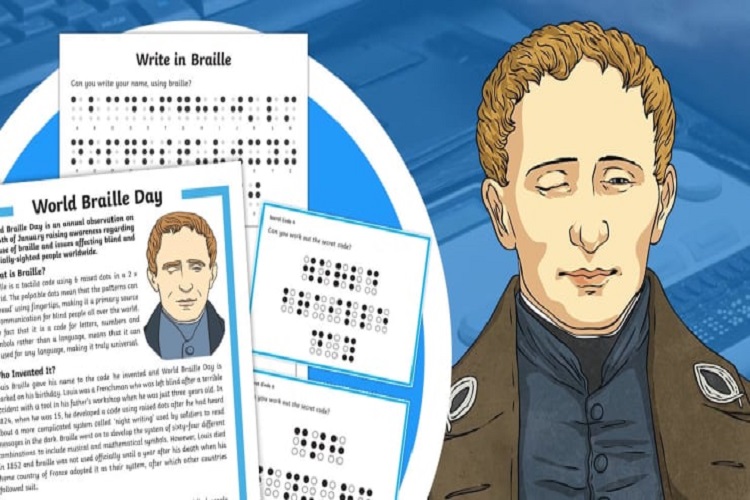WORLD BRAILLE DAY: We must be treated as equals!

The day is celebrated to honor Louis Braille, the inventor of the Braille system of reading and writing for the visually impaired. Braille Day was established in 2019 by the United Nations General Assembly (UNGA) after it picked that date in 2018.
To promote the full realisation of the human rights of blind and partially sighted people, the UN decided to promote Braille as a means of communication.
Braille, designed in 1825 by Louis Braille, a visually impaired Frenchman, is a tactile system of writing widely used by people with visual impairments. People who are blind or have low vision can read this script with the help of raised dots on the script.
Since the onset of the coronavirus pandemic, life under lockdown has thrown various challenges for the visually challenged, who rely on Braille and audible formats for access essential information.
The United Nations has taken various measures for a disability-inclusive response to COVID-19 and disseminate information in Braille.
As part of UNDP’s awareness and prevention efforts in Malawi, 4,050 Braille materials have been produced. The Office of the United Nations High Commissioner for Human Rights (OHCHR) created Braille versions of the educational messages for Ethiopian media professionals, and provided audio information to them.
Voters with visual impairments will have access to Braille voter slips during the Lok Sabha elections of 2019. There are already Braille voting machines in use. A Braille-enabled ballot paper is pasted on the machine with the name and symbol of each candidate.
Why did Louis Braille create the Braille alphabet?
Braille was invented by a French educator named Louis Braille. Blind people throughout the world still use his system as their primary means of reading.
After an accident with a stitching awl in his father’s harness-making shop, Louis Braille became blind in one eye at the age of three.
In order to drive a sharp point into leather, Braille pressed down too hard with an awl when he was trying to make holes in it. His eyes were partially closed as he worked and the awl stabbed into one of them. An infection spread from both eyes and caused total blindness.
But despite all the challenges, he excelled in education and quickly mastered his new way of reading and communicating.
He invented braille which, ironically, used an awl-like stylus to punch marks in the paper that could be felt and interpreted by blind people.
The Braille system was essentially a system of representing alphabetic and numeric symbols by using six dots to represent each. In the past, the system was based on a tactile military code called night writing, developed by Charles Barbier in response to Napoleon’s demand for a means for soldiers to communicate silently at night without light sources.